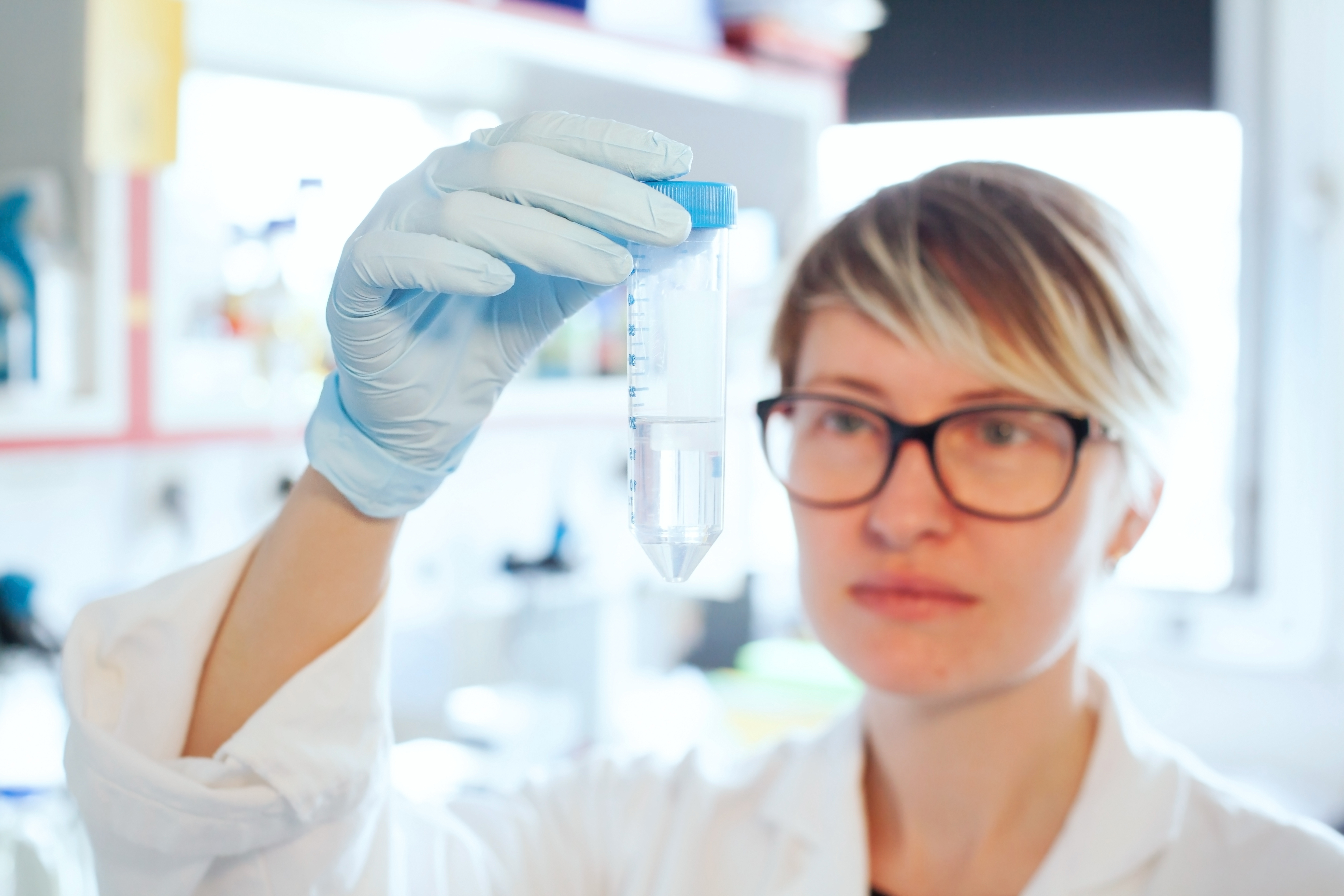Attention GCI Patients — Effective October 6, 2025, the GCI Oak Lawn location will be closed. All patients of GCI Oak Lawn will be seen at our Chicago Ridge location at 10604 Southwest Highway, Suite 109, Chicago Ridge, IL 60415.

Cancer clinical trials are used for a variety of reasons. Some of the most common reasons include:
Testing existing cancer treatments on different cancer types
Understanding how to use approved treatments in different combinations for better results
Testing new cancer therapies
Placebos
Many patients ask if there’s a chance that they will receive an inactive treatment, called a placebo. The use of placebos in cancer clinical trials is rare, but it does happen. In most trials, cancer clinical trial participants are given either the new treatment or an existing treatment already approved to treat their cancer.
What Do the Research Phases Mean?
When a clinical trial is launched by a lead physician(s), called the lead investigator(s), the trial will be classified in one of four different phases. Most new cancer treatments will typically go through Phases I, II, and III. Not all therapies have a Phase IV because it is not always necessary for proving a new cancer treatment safe and effective.
Phase I
In Phase I cancer clinical trials, researchers test a study drug for the first time to assess the safety of the new drug. This typically involves a small group – 15-30 people – who are monitored very carefully. A placebo is not used in this phase.
This phase may also look at:
Dosage range
How the new treatment should be given (by mouth, vein, etc.)
The therapy’s side effects
Phase II
In Phase II cancer clinical trials, particular emphasis is given to whether the therapy is effective at treating a specific type of cancer. There is no placebo given, but participants may be divided into groups where each group gets a slightly different dose or schedule that will tell the investigators which way appears to work best with tolerable side effects.
Phase II trials usually involve more people than the Phase I trials, but less than 100 people who all meet specific requirements set by the investigators.
Phase III
In Phase III cancer clinical trials, the new cancer therapy is compared carefully to the current treatment(s) available for that type of cancer. In this phase, patients may be separated into small groups and randomized into different treatment groups. Some will receive the standard treatment that is already available, and some will receive the new treatment being tested. Many times, neither the doctor nor the patient know which cancer treatment they are receiving so that results cannot be influenced with conscious or unconscious bias.
Phase IV
In Phase IV cancer clinical trials, the cancer therapy is tested after it has been approved for a specific use. They are used to collect information about a therapy’s long-term effect on the patient’s quality of life, length of life, and any unexpected long-term side effects.
Phase IV trials may also be used to try new combinations of approved therapies to determine if there are better outcomes.
Clinical Trial Phases at Affiliated Oncologists
Most clinical trials available through Affiliated Oncologists are Phase II, III or IV. If your doctor suggests a clinical trial for you, you will be told which phase it is and what you may want to consider before agreeing to participate. Speak with your AO cancer care team, who can let you know if participation in groundbreaking clinical trials may be available to you